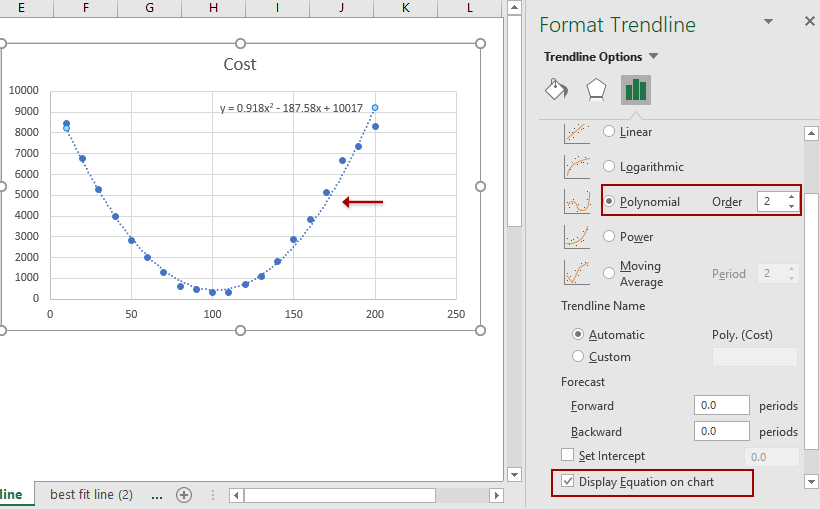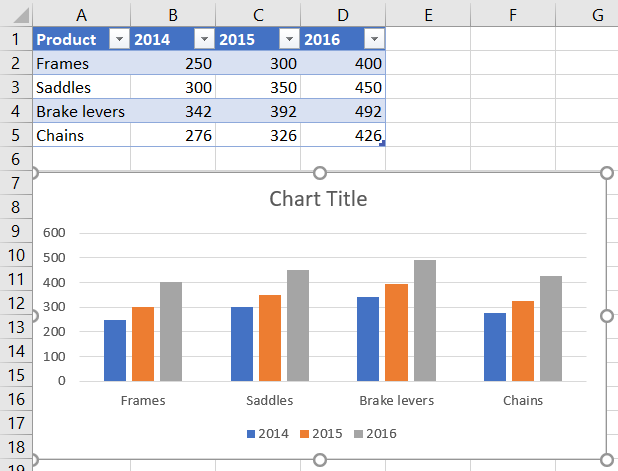

- #EXCEL ADD INS FOR CHARTS HOW TO#
- #EXCEL ADD INS FOR CHARTS SOFTWARE#
- #EXCEL ADD INS FOR CHARTS DOWNLOAD#
#EXCEL ADD INS FOR CHARTS SOFTWARE#
The following sample creates a table using the ranges from the previous sample.Spreadsheet software is one of the applications, professionals use most across the globe. Formatting and table controls (such as filters) are automatically applied to the range. Creating a tableĬreate tables by using data-filled ranges. Tables and charts are two of the more commonly used objects, but the APIs support PivotTables, shapes, images, and more. The Excel JavaScript APIs can create and manipulate the data structures and visualizations within Excel. This sample creates the following data in the current worksheet.įor more information, see Set and get range values, text, or formulas using the Excel JavaScript API. This function uses Range objects to set the values, formulas, and formats.Įxcel.
#EXCEL ADD INS FOR CHARTS HOW TO#
The following sample shows how to create sales records. These properties get or set the cell values, formulas to be evaluated, and the visual formatting of the cells. Ranges have three core properties: values, formulas, and format. B3 for the single cell in column B and row 3 or C2:F4 for the cells from columns C through F and rows 2 through 4) to define ranges. Add-ins typically use A1-style notation (e.g. RangesĪ range is a group of contiguous cells in the workbook.

Ranges are used to create and place Tables, Charts, Shapes, and other data visualization or organization objects.A Range represents a group of contiguous cells.A Worksheet contains collections of those data objects that are present in the individual sheet, and gives access to cells through Range objects.A Workbook contains one or more Worksheets.To understand the Excel APIs, you must understand how the components of a workbook are related to one another.

The following image illustrates when you might use the Excel JavaScript API or the Common APIs.
#EXCEL ADD INS FOR CHARTS DOWNLOAD#


 0 kommentar(er)
0 kommentar(er)
